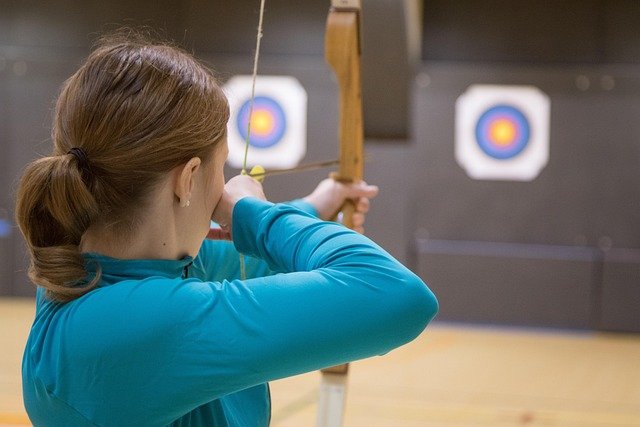Neuroplasticity-Based Fitness: Revolutionizing Exercise for Brain Health
Can you imagine a workout routine that not only sculpts your body but also rewires your brain for enhanced cognitive function? Welcome to the cutting-edge world of neuroplasticity-based fitness, where physical exercise meets neuroscience to create a holistic approach to health and well-being. This innovative fitness paradigm is reshaping our understanding of exercise's impact on brain health, offering exciting possibilities for cognitive enhancement and neurological resilience.
Recent studies have shown that certain types of exercise can stimulate the production of brain-derived neurotrophic factor (BDNF), a protein crucial for neuron growth and synaptic plasticity. This discovery has led to the development of exercise routines specifically designed to boost BDNF levels, potentially enhancing memory, learning, and cognitive flexibility.
Designing a Neuroplasticity-Enhancing Workout
Creating a workout that benefits both body and brain requires a multifaceted approach. Unlike traditional fitness regimens that focus primarily on physical outcomes, neuroplasticity-based workouts incorporate elements that challenge cognitive functions alongside physical exertion.
Key components of a neuroplasticity-enhancing workout include:
-
Complex movement patterns that require coordination and spatial awareness
-
Dual-task exercises that combine physical activity with cognitive challenges
-
Balance and proprioception training to engage multiple brain regions
-
High-intensity interval training (HIIT) to boost BDNF production
-
Mindfulness practices integrated into physical exercises for enhanced neural connectivity
These elements are carefully structured to create a comprehensive workout that engages various brain regions while providing a full-body physical challenge.
The Role of Novelty in Brain-Body Fitness
One of the fundamental principles of neuroplasticity-based fitness is the introduction of novelty. The brain thrives on new experiences and challenges, which stimulate the formation of new neural pathways. This concept is incorporated into workouts through constantly varied routines, unexpected movement patterns, and the integration of unfamiliar exercises.
Fitness programs might include activities like learning new dance moves, practicing martial arts techniques, or engaging in sports that require strategic thinking alongside physical prowess. By continually presenting the brain with novel challenges, these workouts aim to keep neural plasticity at its peak, potentially slowing cognitive decline and enhancing overall brain health.
Cognitive Benefits Beyond the Gym
The effects of neuroplasticity-based fitness extend far beyond physical improvements. Practitioners report enhanced cognitive functions in their daily lives, including:
-
Improved memory and recall
-
Increased focus and attention span
-
Enhanced problem-solving abilities
-
Better emotional regulation
-
Increased creativity and mental flexibility
These cognitive benefits make neuroplasticity-based fitness an attractive option for individuals looking to maintain mental sharpness as they age, as well as for those seeking to optimize their cognitive performance in professional or academic settings.
Challenges and Considerations
While the potential benefits of neuroplasticity-based fitness are exciting, it’s important to approach this new field with a balanced perspective. Designing effective programs requires a deep understanding of both exercise science and neurology, making it challenging to implement without proper guidance.
Additionally, the long-term effects of these intensive brain-body workouts are still being studied. Some researchers caution against over-stimulation, emphasizing the need for adequate rest and recovery periods to allow for proper neural consolidation.
As with any new fitness trend, it’s crucial to consult with healthcare professionals before starting a neuroplasticity-based fitness regimen, especially for individuals with pre-existing health conditions or cognitive impairments.
Neuroplasticity Boosters: Quick Tips for Brain-Body Fitness
-
Learn a new skill or hobby that combines physical and mental challenges
-
Incorporate balance exercises into your daily routine, like standing on one foot while brushing your teeth
-
Practice visualization techniques during your workouts to enhance mind-body connection
-
Engage in cross-body movements to stimulate interhemispheric communication
-
Try exercise-based video games that challenge both cognitive and motor skills
-
Alternate between familiar and unfamiliar workout routines to keep your brain guessing
As we continue to uncover the intricate connections between physical activity and brain health, neuroplasticity-based fitness stands at the forefront of a new era in wellness. By harnessing the power of neural plasticity through targeted exercise, we open doors to enhanced cognitive function, improved physical performance, and overall well-being. While more research is needed to fully understand its long-term impacts, this innovative approach to fitness offers an exciting path forward in our quest for holistic health optimization.






